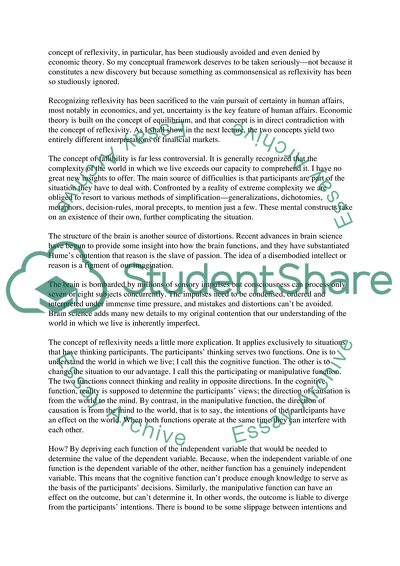Cite this document
(Investigating learning transfer: Reflexivity in action Essay - 1, n.d.)
Investigating learning transfer: Reflexivity in action Essay - 1. https://studentshare.org/psychology/1819550-investigating-learning-transfer-reflexivity-in-action
Investigating learning transfer: Reflexivity in action Essay - 1. https://studentshare.org/psychology/1819550-investigating-learning-transfer-reflexivity-in-action
(Investigating Learning Transfer: Reflexivity in Action Essay - 1)
Investigating Learning Transfer: Reflexivity in Action Essay - 1. https://studentshare.org/psychology/1819550-investigating-learning-transfer-reflexivity-in-action.
Investigating Learning Transfer: Reflexivity in Action Essay - 1. https://studentshare.org/psychology/1819550-investigating-learning-transfer-reflexivity-in-action.
“Investigating Learning Transfer: Reflexivity in Action Essay - 1”. https://studentshare.org/psychology/1819550-investigating-learning-transfer-reflexivity-in-action.


